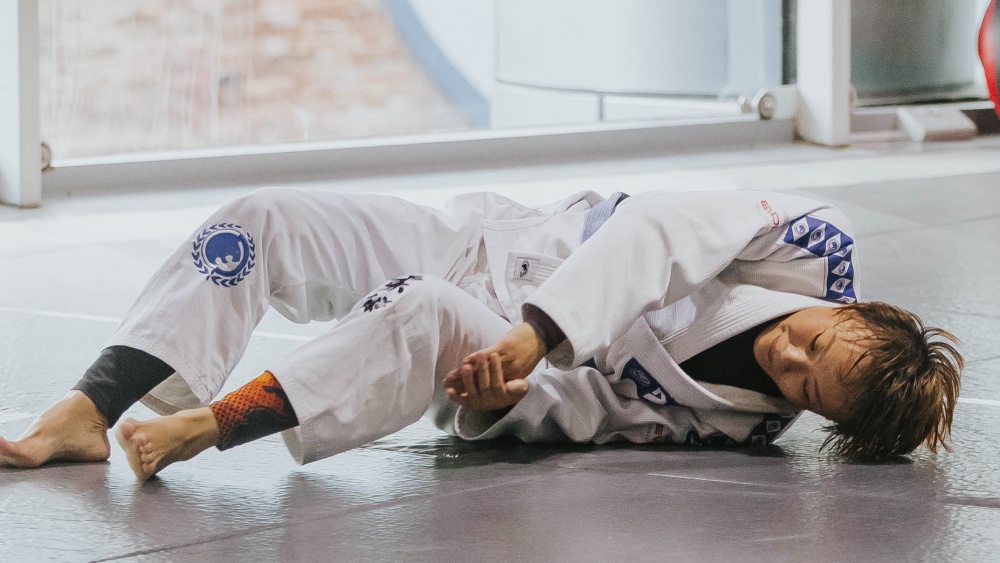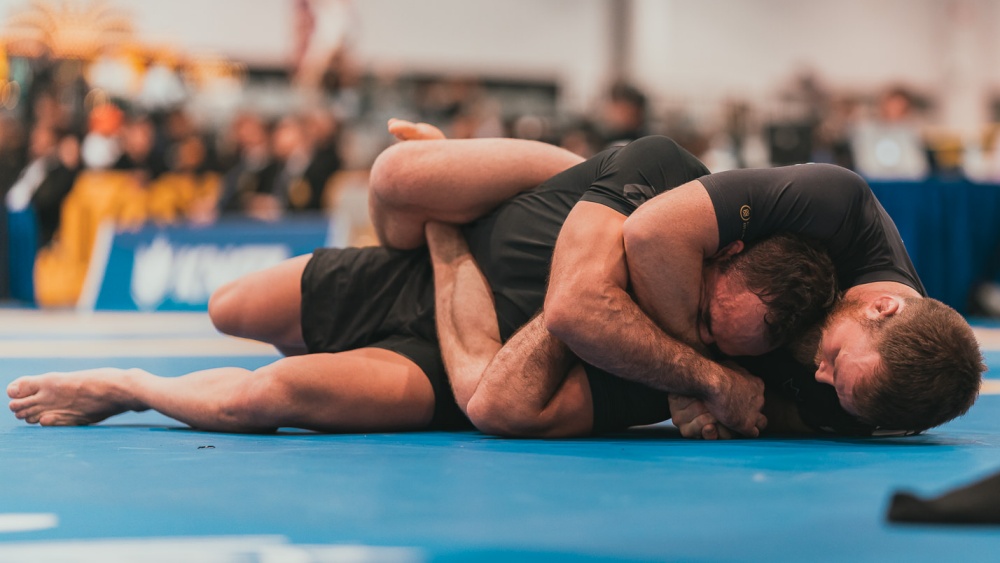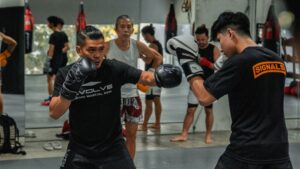Warm-ups are important no matter your skill level in Jiu-Jitsu. Not only does it prepare you physically, but it also prepares you mentally to make sure that your body is in the right state for training. Generally, grapplers who warm up before training suffer fewer injuries. While many grapplers find it uninteresting, it shouldn’t be neglected if your goal is longevity in the sport.
Warm-ups prepare your body for training by increasing your heart rate, temperature, flexibility, balance, stability, and mobility. Through warm-ups, you can achieve the mobility to set the opponent up from seemingly weird positions. Being mobile with your arms, hips, and legs will allow you to hit different moves from disadvantageous positions, such as the buggy choke from bottom side control.
Mobility also helps you get out of different positions you don’t want to be in, like taking the opponent’s back when they are pinning you from the north-south position. This gives you a massive advantage in matches. While warm-ups can be done in various ways, the common ones include solo movement drills, positional drilling, and flow rolling. Below are the 10 most essential warm-ups you should perform for BJJ.
1) Breakfalls
Breakfalls are widely used in grappling martial arts. These are movements grapplers perform to prevent injuries upon landing from a throw or takedown. Movements like the forward and backward rolls are performed to disperse the energy from the impact upon landing and allow grapplers to quickly get back on their feet. This requires good momentum and a proper understanding of how you will land. On the other hand, if a grappler cannot roll upon landing, the suggested way is to slap the mat (slapping breakfalls) to absorb impact.
The objective of rolling breakfalls is to curl your body like a ball and use that momentum to get back up to your feet. Some examples are the shoulder and backward roll. The shoulder roll is usually performed to get out of the turtle position or from back control in the standup. This allows you to set up a submission, takedown, or get back to guard.
The backward shoulder roll helps you develop your inversion game. It is typically used to counter guard passes, escape bad positions and set up submissions.
The side breakfall is a type of slapping breakfall used to redirect the energy from a straight drop. By slapping the ground, the impact is widely spread over an area as wide as possible.
2) Inversion Drills
Some beginners may find inverting difficult because of flexibility issues. It can be developed by doing static stretching like the yoga plough position or dynamic ones like the backward shoulder roll. Inverting allows you to prevent the opponent from passing the guard, escape bad positions, apply sweeps, set up different submissions, and take the opponent’s back with techniques like the berimbolo and crab ride.
3) Sprawls
Sprawling is widely used in wrestling and BJJ. It is usually done to prevent takedown attempts by driving your hips and dropping your weight on top of the opponent. When done successfully, it allows you to apply a front headlock which you can use to transition to chokes, such as the anaconda and guillotine. Aside from submissions, you can also capitalize on the position to go behind the opponent and control their back.
4) Shadow Grappling
Although BJJ focuses on fighting on the ground, paying attention to your standup game is still essential. It is crucial for a grappler to know how to take the fight to the ground. Shadow grappling is like shadowboxing, where an imaginary opponent is in front of you, but instead of throwing punches, you shoot for takedowns and move around while doing different standup grappling techniques such as sprawling, blocking, and arm drags.
5) Triangles
Shooting triangles is an excellent way to build your hip mobility and flexibility. If the triangle choke is one of your favorite submissions, incorporate this drill in your warm-ups, as most beginners struggle with readjusting the triangle when the opponent stacks to escape.
6) Shrimping
Shrimping is one of the most fundamental BJJ movements and is performed by grapplers of all levels during warm-ups. The purpose of shrimping is to move away from the opponent and create space, allowing you to get out of bad positions. It is an excellent movement that will help you manage the distance as you escape.
7) Bridging
Bridging is one of the most utilized escape movements in BJJ. It can be used to escape many pins, though it’s most commonly seen from grapplers when reversing the opponent out of the mount position (this is commonly known as the Upa Bridge). Bridging is also used as a setup for shrimping by bumping the opponent off. Keep in mind not to go up with your heels but rather onto the balls of your feet, as it will bring your hips higher off the mat.
8) Leg Circles
Leg circles help with hip and knee mobility and is an excellent drill for guard retention and guard attacks. This drill works your abdominal muscles and your ability to keep your guard active.
9) Neck Bridging
Neck bridging is one of the classic neck exercises that dramatically strengthens the muscles in the neck. It can be safely performed by BJJ practitioners and is recommended for those looking to compete. It should be done under the supervision of a coach, especially for grapplers who are new to this movement.
A strong neck is important for grapplers because it keeps your posture strong and helps prevent injuries. While many BJJ practitioners are afraid of training the neck, neck bridges can be done safely by using your hands to assist on the floor as you move up and down.
10) Technical Standup
The technical standup is a movement used to get back to your feet once you are taken down. It uses one hand to frame as the other posts on the mat. It is commonly used when defending against and finishing sweeps and is a key ingredient to staying safe.
Conclusion
As in any sport, it is always a must to perform warm-ups to prepare the body for the upcoming athletic activity. We encourage you to incorporate warm-ups in every training session regardless of your belt level in BJJ. This will allow you to train and enjoy the art for years while lessening the possibility of unnecessary injuries.
You may also like:

















